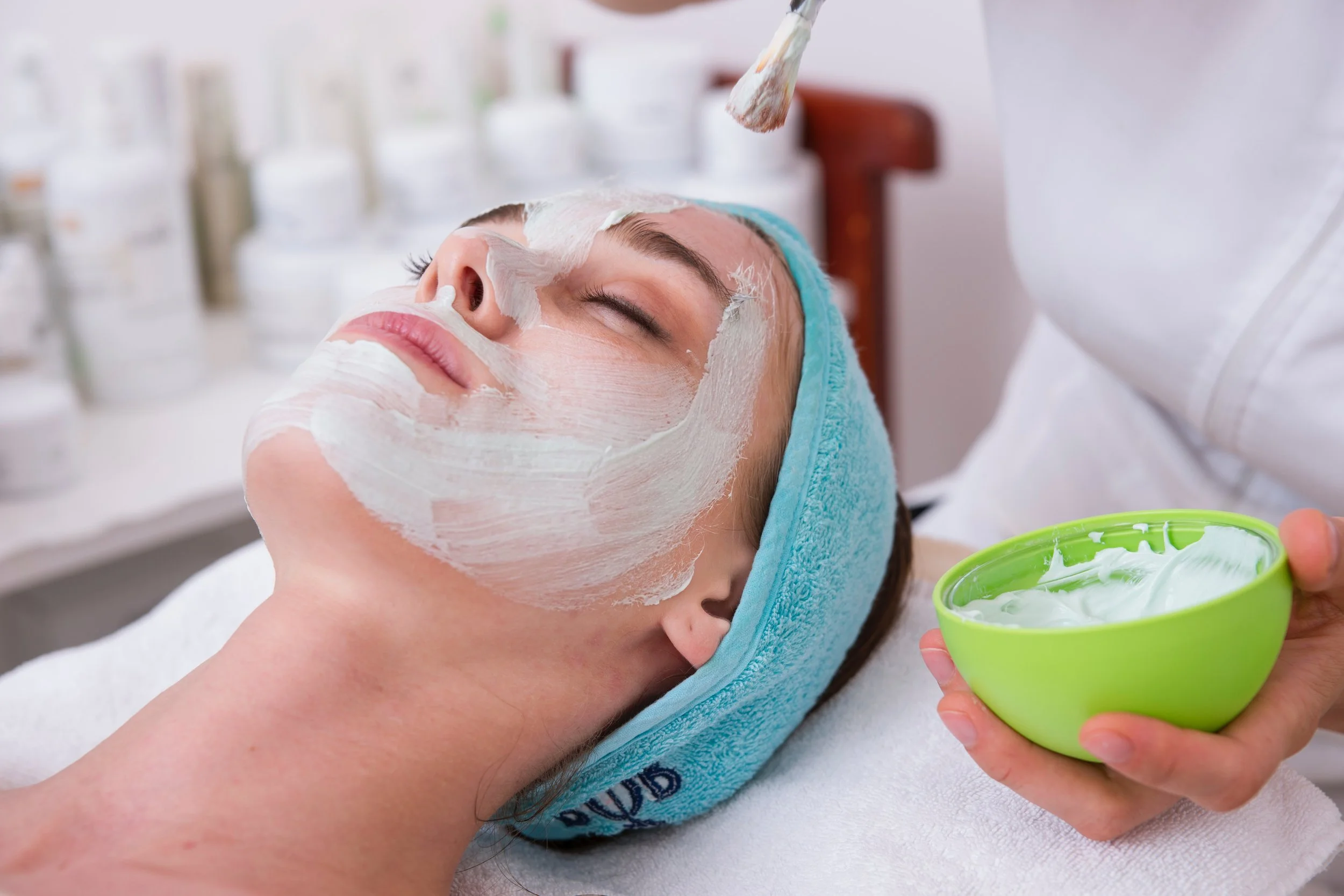How to Reverse Sun Damage
Sun damage is no joke!
When our skin is overexposed to the sun’s UV rays, those rays can affect all layers of the skin, penetrating the skin’s deepest layers and altering our DNA at the cellular level. This causes premature aging and in some cases, can lead to cancer.
It takes years for sun damage to become visible because it takes a long time to reach the surface of the skin. Visible signs of sun damage include brown spots, wrinkles and fine lines, loss of elasticity, and an uneven skin tone or texture.
Here are some measures that you can take on how to reverse sun damage.
Microneedling
Microneedling effectively reduces the appearance of age/sun spots, lines and wrinkles, and thinning and sagging skin. It works by stimulating your skin’s natural collagen production which boosts elasticity and repairs the skin.
The process ignites natural collagen and elastin production from within, repairing the surface layers to result in healthier looking skin!
The procedure can be performed anywhere on the body, and it’s highly effective on the hands or décolleté. These areas can be prone to sun-damage and aging, but microneedling helps to achieve an even, radiant appearance!
Retinol
Pigmentation/sun damage starts with vitamin A deficiency. The growing layer of the skin becomes less active as cells divide less frequently, DNA is also affected, and damage is no longer repaired as effectively, resulting in pigmentation in the skin.
Vitamin A, or retinol, helps lessen the visible signs of skin damage from sun and aging. Using topically and orally in combination ensures optimum levels within the body to create a healthy skin foundation.
Over the counter retinols are great for those with sensitive skin, as prescription retinoids can be associated with more irritation. I recommend using topical retinols at night, though you can use a brand like Environ in the day time with an SPF.
Topical retinol should be introduced into the skin slowly, for example, every 2nd or 3rd day, and then built up. You can have a retinol reaction if you are using high dosages too fast! Also, starting retinol in the winter when it is very cold is not ideal. The skin is drier and can be more reactive. I would recommend scheduling a consultation with a professional to help ease your skin into topical retinol use.
Peels
I’ve found peelings very effective in removing the pigmentation in the epidermis (top layer of the skin).
I use glycolic acid, salicylic acid, or TCA peels to treat sun damage every 2-3 weeks. Peels speed up the process of skin renewal or turnover to improve the sun damaged skin. However, peels can make your skin light sensitive, so I recommend staying out of the sun after peeling treatments.
Fraxel
Fraxel creates controlled, microscopic wounds in the skin through the application of highly concentrated laser pulses. As the skin repairs these wounds, collagen production increases, new skin cells grow, and damage from the sun begins to heal!
Vitamin C
Vitamin C is a powerful antioxidant that helps to combat pigmentation, fine lines, and wrinkles that result from exposure to UV rays.
Vitamin C accelerates the production of collagen and elastin in the skin, keeping the skin looking healthy and slowly reversing the effects of sun damage. Using Nimue multi rejuvenating serum topically and Skin vit c orally is the best method, in my opinion.
Cryotherapy
I use cryotherapy to remove sebaceous hyperplasia and seborrheic keratosis.
Cryotherapy (cold surgery) is a highly effective and safe procedure that is used to freeze and destroy benign skin lesions caused by the sun. It uses liquefied nitrous oxide to destroy tissue by freezing intracellular fluid, which forms ice shards and crystals that rupture the cell membrane. This destroys the cell.
If you’ve spent too much time in the sun and are starting to see the damage, never fear! You have plenty of options for repairing damage and restoring the natural beauty of your skin.
Read more in my journal Sun-damage: What should be your protection plan? to prevent sun damage in the first place. It's the long-term sun exposure that is damaging, the exposure from our early years of life which can rise to the surface later. You only have one skin, preserve it and protect it!






